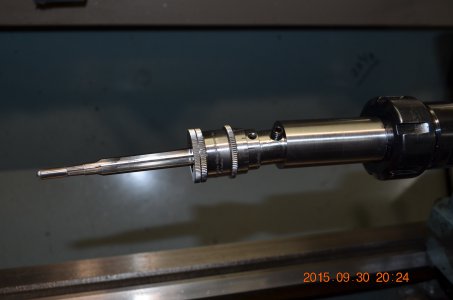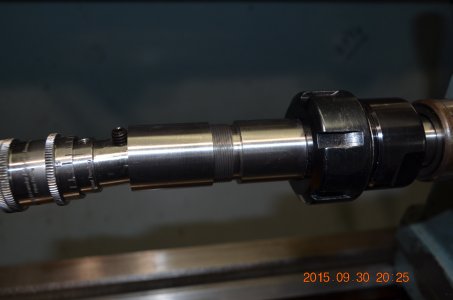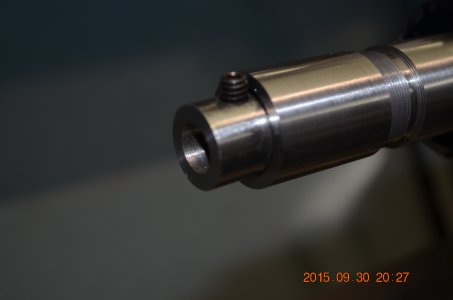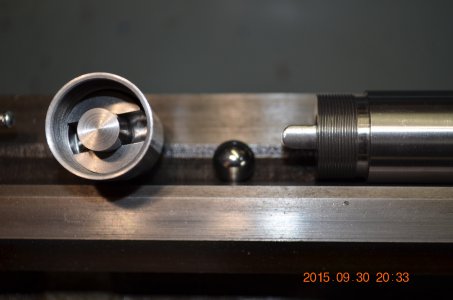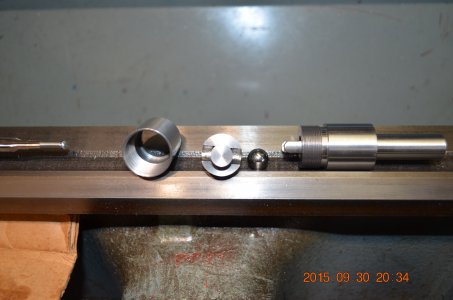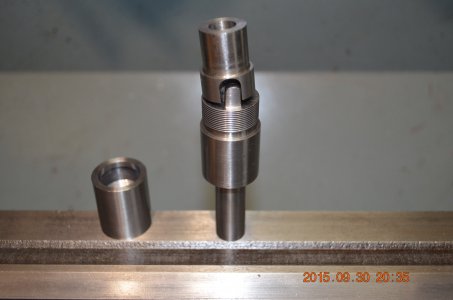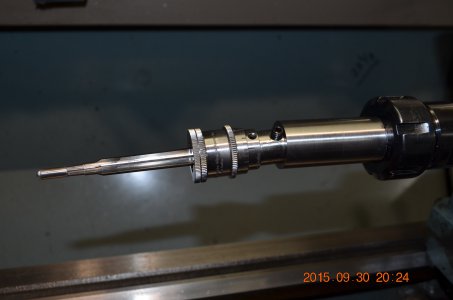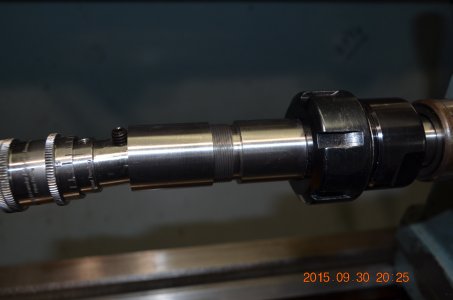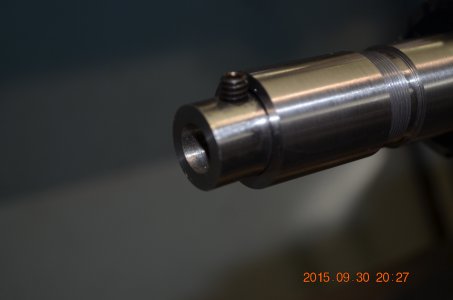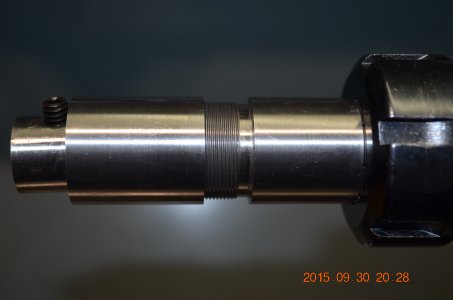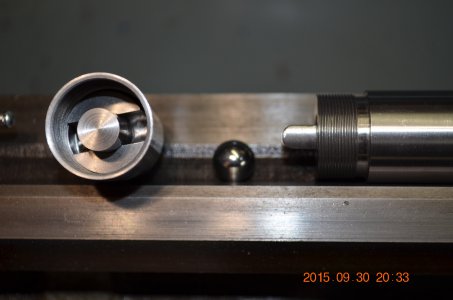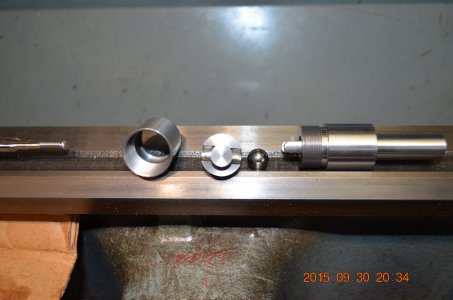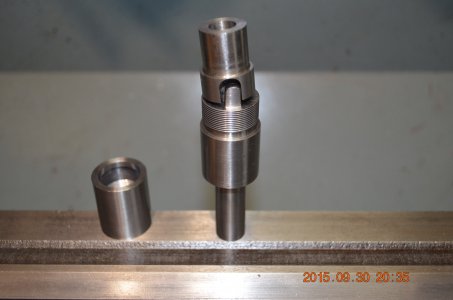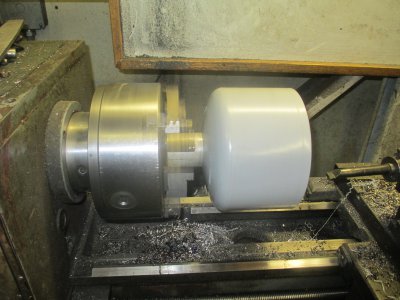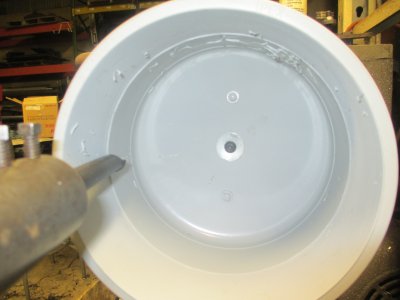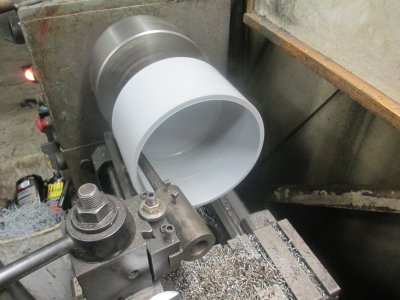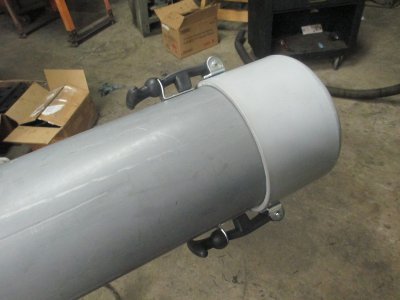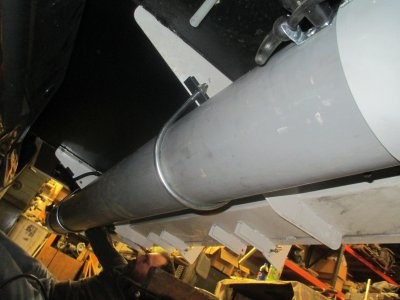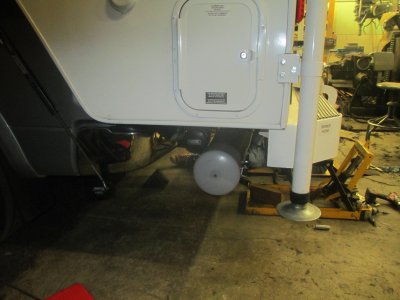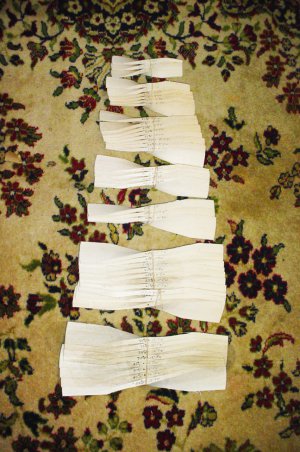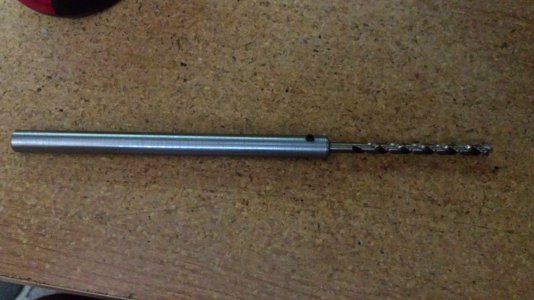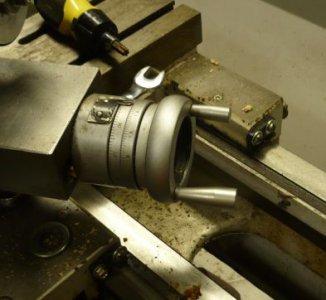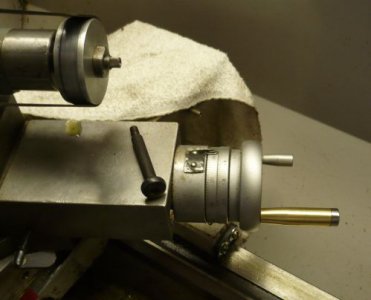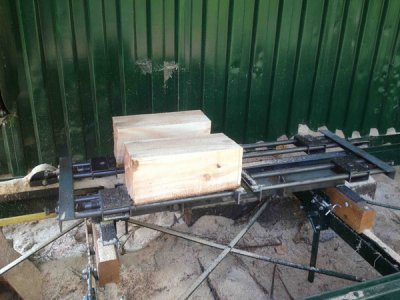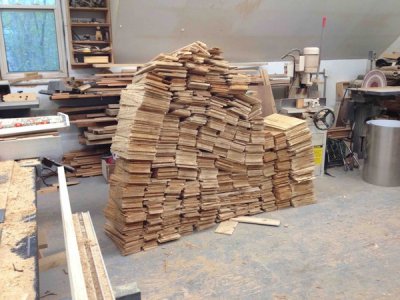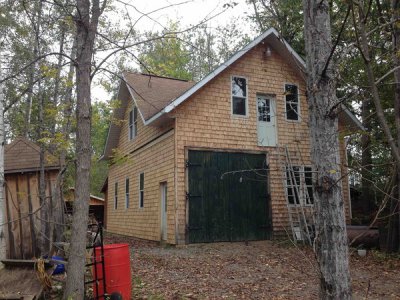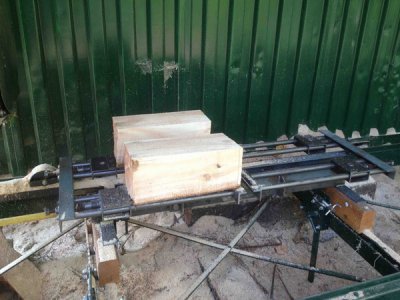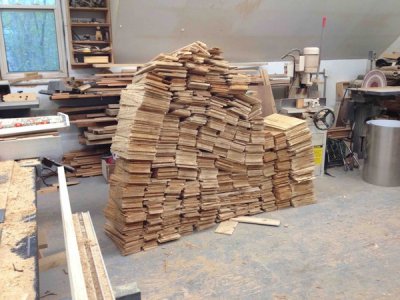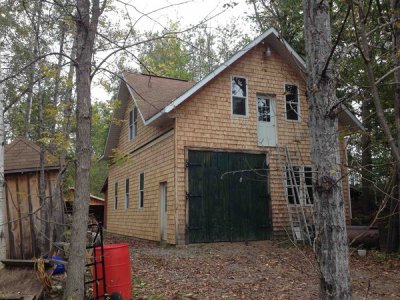Just a sharing a rookie project, a child's play for you guys.
A few months ago I made a reamer pusher, but I did not like the idea of holding the reamer with one hand while cranking the tail stock. Today, I finished the coupled pusher, more like a floating reamer holder. The reamer holder will float at least 0.030 in all directions except fore and aft, it moves more, but no ill effect. Inside the pocket of the pusher is a 1/2 inch ball bearing that floats in the 0.530 hole and it is sandwiched between 2 flat surfaces, the floating .4375 stem from the holder and the stationary pusher stem.
Except for the solid pusher stem that is clamped in the collet, and the 7/16 reamer holder stem, both of which I turned down from a solid steel rod, the material used was a short .224 barrel stub. I made use of every bit of the material. I had to think through on what all machining I need to do on each set up so I don't waste any material and still have enough material left to chuck up on the next step.
The set screw (the only one I have) does not touch the shoulder, but it will be replaced with a much shorter one.
I have no idea how well it will work, have yet to try it. As far as strength and durability there was no effort done to take that into consideration, I was just trying to see if I could do it and whether the concept is feasible. I learned a lot, my first and only internal threading ever, I am quite pleased that I was able to screw the two sections together.
If this one works well, I may sell my JGS floating reamer holder. Though it is a massive piece, my observation it does not float enough.
The pictures tell the tale.
